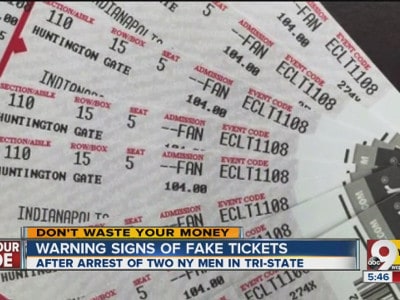

Nearly 5 million Americans purchase counterfeit tickets each year. And with the world’s top 5 sports leagues attracting 158 million attendees from 2014 through 2015, counterfeiters have capitalized on the opportunity to dupe consumers into purchasing counterfeit tickets. Legacy anti-counterfeiting technologies for tickets are easily copied, complete with instructional videos. However, one public company is providing the next generation of anti-counterfeiting technology for the ticketing industry, winning a recent contract to supply the technology for UEFA EURO 2016tickets.
Reasons to Read this Report
-
Discover the prevalence of counterfeit tickets;
-
Learn how easy it is to get the basic resources to counterfeit common ticket security features;
-
Find out about a public company whose technology can stem the counterfeit ticket industry.
Introduction
 What a sinking feeling it must be. You’ve spent almost $800 for two game tickets from some guy advertising on an Internet website. The tickets look real enough; your son is excited. After spending $60 to park downtown, you and Junior hasten your strides on the way to the game. You hand your tickets to the ticket taker and wait for her to let you pass as she scans them. But there’s a problem: She tells you that your tickets are fake. “It can’t be,” you say with a hint of desperation. She has a colleague confirm the bad news and apologetically returns your fake tickets. Your heart freezes; your son doesn’t know what’s going on. His exuberant face sees the horror in yours. His smile falls. You tell him that neither of you are going to the game and lead him away as he begins to cry.
What a sinking feeling it must be. You’ve spent almost $800 for two game tickets from some guy advertising on an Internet website. The tickets look real enough; your son is excited. After spending $60 to park downtown, you and Junior hasten your strides on the way to the game. You hand your tickets to the ticket taker and wait for her to let you pass as she scans them. But there’s a problem: She tells you that your tickets are fake. “It can’t be,” you say with a hint of desperation. She has a colleague confirm the bad news and apologetically returns your fake tickets. Your heart freezes; your son doesn’t know what’s going on. His exuberant face sees the horror in yours. His smile falls. You tell him that neither of you are going to the game and lead him away as he begins to cry.
Unfortunately, this scenario occurs frequently. Counterfeiting is a huge industry and event tickets are no exception. Duping the public is easy because most people don’t take the time to know what an event ticket looks like, or, in the case of Super Bowl 50, have time to know since only physical tickets were issued and then released five days before the game.
Ticket Fraud Abounds
Any event that requires a ticket to enter is an opportunity for counterfeiters to make a profit. Consider these examples:
-
New York theater goers pay US$600 for counterfeit Hamilton musical tickets
-
Hundreds of fans turned away from Taylor Swift concert because of fake tickets
-
4 N.J. Transit conductors sold stolen tickets, prosecutors say
-
Fake Statue of Liberty ticket seller attacks authorized rival over scam warning
-
Man accused of masquerading as priest busted over fake tickets to see the Pope
-
Fake Bruce Springsteen tickets pulled from StubHub and TicketNetwork
-
Brazil police bust black-market ticket ring for Rio Olympics
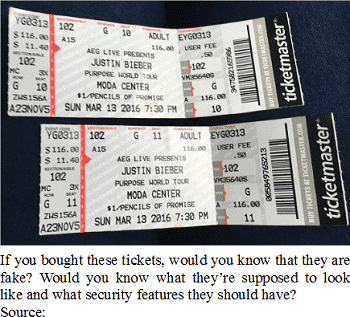 There are three primary components to this problem. Anti-counterfeiting features can’t solve two of these. One is that many consumers don’t know what event tickets look. They’re unaware of security features and the way the ticket is supposed to look. The second issue is that people let their greed persuade them. Often, ticket deals seem too good to be true and, unfortunately, they are. Technology can’t stem lack of education and greed. However, education and next generation anti-counterfeiting technology can protect consumers from purchasing fake tickets.
There are three primary components to this problem. Anti-counterfeiting features can’t solve two of these. One is that many consumers don’t know what event tickets look. They’re unaware of security features and the way the ticket is supposed to look. The second issue is that people let their greed persuade them. Often, ticket deals seem too good to be true and, unfortunately, they are. Technology can’t stem lack of education and greed. However, education and next generation anti-counterfeiting technology can protect consumers from purchasing fake tickets.
Criminals Benefit
We’ve written extensively how counterfeit goods, especially fake drugs and clothing, benefit criminal organizations. Often, these organizations have penetrated governments to facilitate their activities (counterfeiting, drug trafficking, human smuggling). José Grinda, a Spanish prosecutor who has fought eastern European criminal organizations, noted that he often has difficulty distinguishing the interests of these organizations from their host governments. Former INTERPOL Secretary General Ronald K. Noble connected the seizure of €1 million of counterfeit brake pads and shock absorbers in Lebanon to terrorists. “Subsequent enquiries revealed that profits from these consignments, had they not been intercepted, were destined for supporters of Hizbullah,” said Mr. Noble. “Linking the Hizbullah to counterfeit brake parts shows not only the link between terrorist financing and intellectual property crime, but also how intellectual property crime is not a victimless one – the potential danger to the public from this sort of criminal activity is too serious for governments and law enforcement to ignore.”
Counterfeit tickets haven’t escaped the domain of criminal gangs. For example, American federal authorities are cracking down on a counterfeit sports ticket ring run by a Chicago street gang. Sixteen people face forgery charges; authorities have arrested eleven suspects and are seeking five more. The gang allegedly sold fake Bears, Bulls, and Blackhawks tickets. Some of the fakes were sold for $450.
Market
In 2013, the American Association of Retired Persons estimated that nearly 5 million people purchase counterfeit tickets every year. According to CNBC, this translates into $4 million of monthly losses for the music industry.
Sports tickets are an attractive market for counterfeiters. League schedules allow for repeat revenues for home games – not only for local fans but for visitors. Exhibit 1 shows the potential for repeat counterfeiting revenues for tickets in the world’s largest attended sports leagues.
The global anti-counterfeit packaging market (both security document AND event ticketing) generated $22.8 billion in 2014 and is forecast to reach $38.3 billion by 2020. North America and Europe constitute the two largest regions for security documents and event ticketing anti-counterfeit packaging marketing – 84% of the revenue.
Exhibit 1: Best Attended Sports Leagues
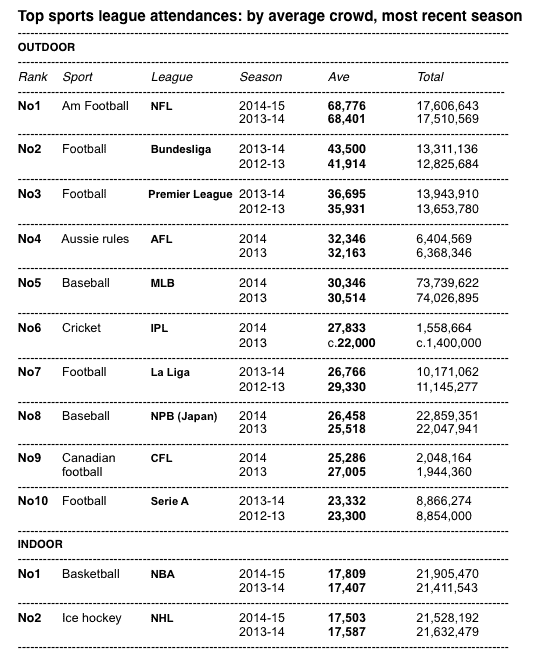
Legacy Technologies Used to “Protect” Tickets
Anti-counterfeit security features for tickets have not changed much. Common features include:
- Watermarks, images that appear lighters or darker when light is shined upon it;
- Bar codes, rows of lines representing numbers that scanners authenticate;
- Scratch off latex, where a code or image is revealed once the latex is removed;
- UV coatings, an image that is revealed when an ultraviolet light is shined upon it, and;
- Holograms, images that change colour, depending upon how light shines upon it.
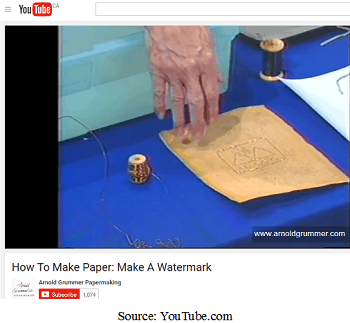 Unfortunately, all of these legacy security features can be copied. Bar codes are easily duplicated using a computer scanner and printer. Free barcode generation software is easily available via the Internet. Watermarks are surprisingly low-tech and simple to make (YouTube abounds with several videos). Scratch off latex – easily imitated with a mixture of equal parts of acrylic paint and dish detergent. Several websites, especially tattoo equipment suppliers, advertise UV inks; other websites offer UV paints. All of this suggests that professionals and amateurs have resources to create counterfeit tickets.
Unfortunately, all of these legacy security features can be copied. Bar codes are easily duplicated using a computer scanner and printer. Free barcode generation software is easily available via the Internet. Watermarks are surprisingly low-tech and simple to make (YouTube abounds with several videos). Scratch off latex – easily imitated with a mixture of equal parts of acrylic paint and dish detergent. Several websites, especially tattoo equipment suppliers, advertise UV inks; other websites offer UV paints. All of this suggests that professionals and amateurs have resources to create counterfeit tickets.
Many people believe holograms are infallible when the opposite is true. A hologram’s basic structure is simple enough (Exhibit 2) with the difficult part being how to duplicate the holographic image. Counterfeiters can use a hologram itself to create an embossing die mold. Many times, the differences between the counterfeit and genuine holograms are indistinguishable. Another method involves using a genuine hologram to create a photoresist plate which is used to create the embossing die. Other less complicated but less authentic methods can also create holograms.
Exhibit 2: Basic Hologram Structure
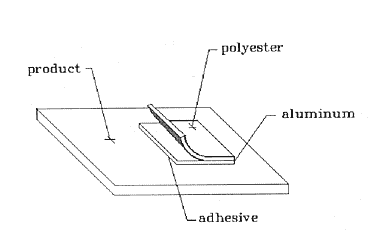
The Next Generation of Anti-Counterfeiting Technology

Since almost anyone can replicate conventional ticket security features, why are they still used? More important, does any technology exist that can protect consumers from being scammed by counterfeiters?
To answer the latter question, “yes”. Nanotech Security (NTS:TSXV), a Sophic Capital client, has the technology that fashion companies can use to differentiate genuine items from fakes. Nanotech Security’s technology is KolourOptik™, a nanoscience solution based upon the optical properties of the blue morpho butterfly. KolourOptik™ creates a grid of nano-sized holes that replicate the interaction light has with this butterfly’s wings. The result is the creation of vibrantly-coloured, butterfly effect images that appear similar to LEDs when illuminated – secure images that are nearly impossible to duplicate, unlike traditional holograms.
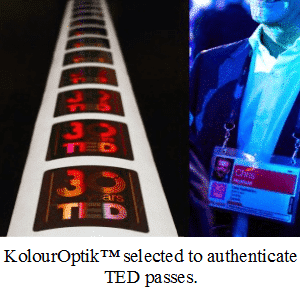 KolourOptik™ images are perfectly suited for event tickets. The reason is that users interact with it. KolourOptik™’s vibrant colours draw people to examine the rich features, and once people know how to engage with a security feature, they understand what differentiates fake from genuine articles.
KolourOptik™ images are perfectly suited for event tickets. The reason is that users interact with it. KolourOptik™’s vibrant colours draw people to examine the rich features, and once people know how to engage with a security feature, they understand what differentiates fake from genuine articles.
KolourOptik™’s is nearly impossible to duplicate. Unlike holograms, which can be peeled off, KolourOptik™ images are embedded into the packaging, the product, or both. This technology is near impossible to counterfeit, given the complexity of the KolourOptik™ stamps (which are easily embedded in any manufacturing process). Plus, counterfeiters would need to invest in multimillion dollar equipment to produce the stamp and have advanced degrees in nanoscience and/or optics. As an extra level of authenticity, event ticketers could even embed data in the design thereby allowing all points in the supply chain to track and authenticate the ticket.
Returning to our original question about why conventional and easily counterfeited security features are still used on event tickets, we can only hazard a guess: Little else exists beyond KolourOptik™ and few organizations know about it. For example, on February 12, 2016, the National Football League extended its partnership with OpSec Security for hologram labels on NFL or club-licensed merchandise. The press release disclosed that OpSec provided a “major component” to Super Bowl 50 tickets – specifically, “a true-color OpSec hologram – this year, with the skyline of downtown San Francisco, the gold 50, and the commemorative Duke football.” Perhaps for an event like Super Bowl where ticket distribution was highly controlled a hologram is sufficient. But clearly, for the majority of ticketed events where secondary markets exist, we believe holograms seem inadequate.
However, UEFA selected Nanotech Security to provide authentication and brand-protection technology for all Admission Tickets to the Euro 2016™ Football Championships, replacing hologram technology used at past events. UEFA elaborated on ticket security features (Exhibit 3); UEFA claims that the photonic high-resolution “coloured hologram” created by Nanotech of tournament mascot Super Victor is the first time this type of technology has been used on a football ticket. Nanotech’s engineers used a complex mathematical algorithm and advanced manufacturing technologies (Exhibit 4) for Super Victor to accurately embed over two billion nano-sized holes on each UEFA Euro 2016® admission tickets produced. Only using the reflection of light and no ink, the nano-sized holes create Super Victor in a photonic intense high resolution image. Together with other ticket features, KolourOptik® brand-authentication technology helps secure the authenticity of each ticket and protects against ticket fraud.
Exhibit 3: UEFA Euro Ticket Design 2016 – Full Colour Hologram by Nanotech Security
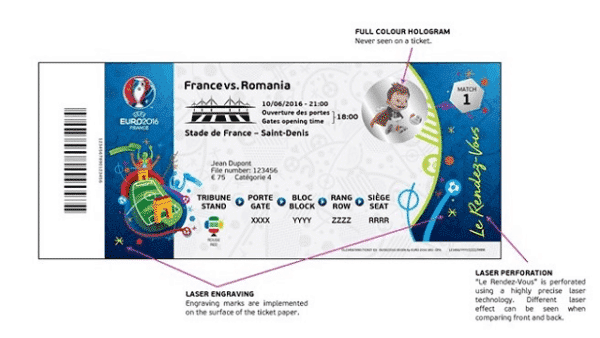
Exhibit 4: Details of Nanotech Security’s KolourOptik™ on UEFA Euro Tickets
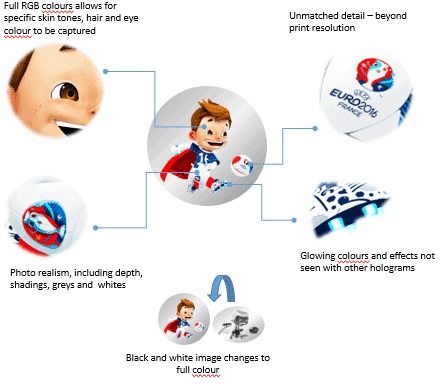
Exhibit 5: Nanotech Security Characteristics for Investors to Consider

Conclusions
Event tickets present lucrative opportunities for criminals. Concerts, sporting events, theme parks – all present opportunities to dupe consumers who don’t know what to look for in counterfeit tickets. Legacy ticket security features are easy to duplicate with instructions only a mouse click away. However, Nanotech Security’s KolourOptik™ technology offers the next generation of ticket security protection that provides security beyond traditional holograms. With the Company’s recent UEFA contract, we will have to see if more ticketed events such as sporting events, concerts, and theater will adopt KolourOptik™ to stem the counterfeit trade.
Disclaimers
The information and recommendations made available here through our emails, newsletters, website, press releases, collectively considered as (“Material”) by Sophic Capital Inc. (“Sophic” or “Company”) is for informational purposes only and shall not be used or construed as an offer to sell or be used as a solicitation of an offer to buy any services or securities. You hereby acknowledge that any reliance upon any Materials shall be at your sole risk. In particular, none of the information provided in our monthly newsletter and emails or any other Material should be viewed as an invite, and/or induce or encourage any person to make any kind of investment decision. The recommendations and information provided in our Material are not tailored to the needs of particular persons and may not be appropriate for you depending on your financial position or investment goals or needs. You should apply your own judgment in making any use of the information provided in the Company’s Material, especially as the basis for any investment decisions. Securities or other investments referred to in the Materials may not be suitable for you and you should not make any kind of investment decision in relation to them without first obtaining independent investment advice from a qualified and registered investment advisor. You further agree that neither Sophic, its employees, affiliates consultants, and/or clients will be liable for any losses or liabilities that may be occasioned as a result of the information provided in any of the Company’s Material. By accessing Sophic’s website and signing up to receive the Company’s monthly newsletter or any other Material, you accept and agree to be bound by and comply with the terms and conditions set out herein. If you do not accept and agree to the terms, you should not use the Company’s website or accept the terms and conditions associated to the newsletter signup. Sophic is not registered as an adviser under the securities legislation of any jurisdiction of Canada and provides Material on behalf of its clients pursuant to an exemption from the registration requirements that is available in respect of generic advice. In no event will Sophic be responsible or liable to you or any other party for any damages of any kind arising out of or relating to the use of, misuse of and/or inability to use the Company’s website or Material. The information is directed only at persons resident in Canada. The Company’s Material or the information provided in the Material shall not in any form constitute as an offer or solicitation to anyone in the United States of America or any jurisdiction where such offer or solicitation is not authorized or to any person to whom it is unlawful to make such a solicitation. If you choose to access Sophic’s website and/or have signed up to receive the Company’s monthly newsletter or any other Material, you acknowledge that the information in the Material is intended for use by persons resident in Canada only. Sophic is not an investment advisory, and Material provided by Sophic shall not be used to make investment decisions. Information provided in the Company’s Material is often opinionated and should be considered for information purposes only. No stock exchange anywhere has approved or disapproved of the information contained herein. There is no express or implied solicitation to buy or sell securities. Sophic and/or its principals and employees may have positions in the stocks mentioned in the Company’s Material, and may trade in the stocks mentioned in the Material. Do not consider buying or selling any stock without conducting your own due diligence and/or without obtaining independent investment advice from a qualified and registered investment advisor.
Leave a Reply
You must be logged in to post a comment.




 Share
Share Tweet
Tweet Share
Share




Comment